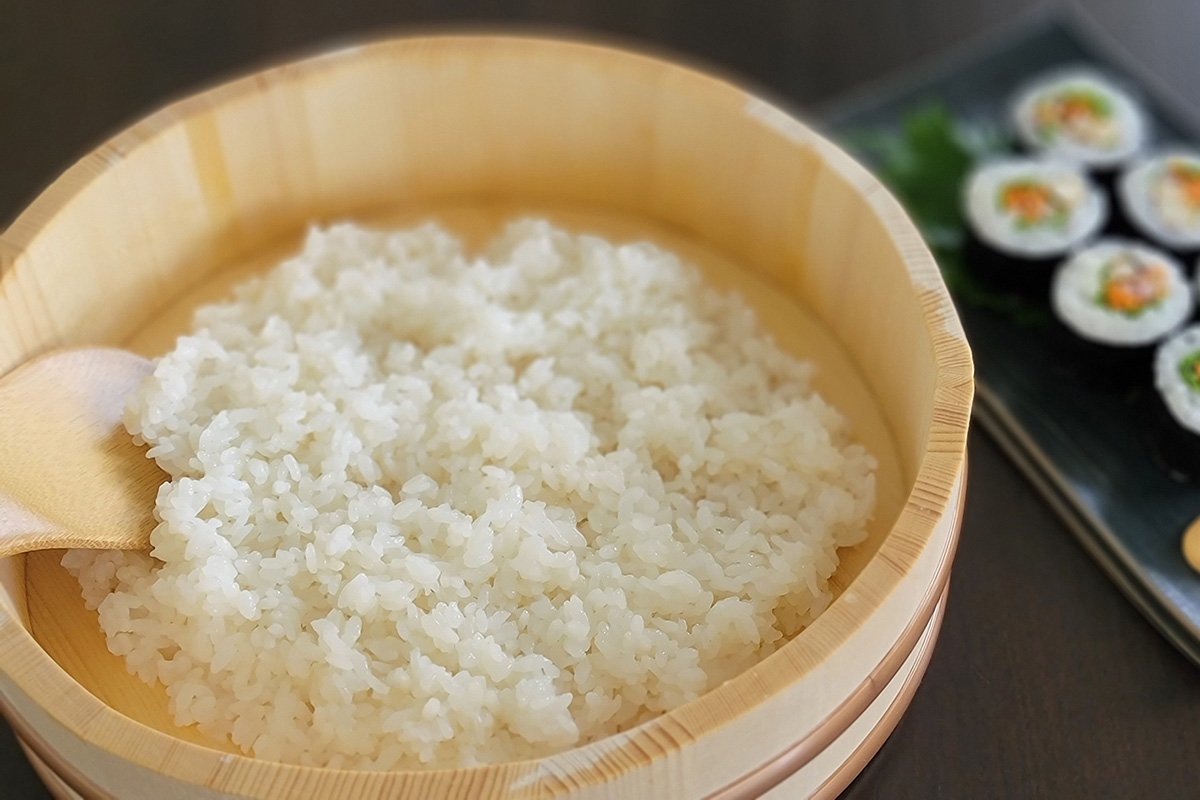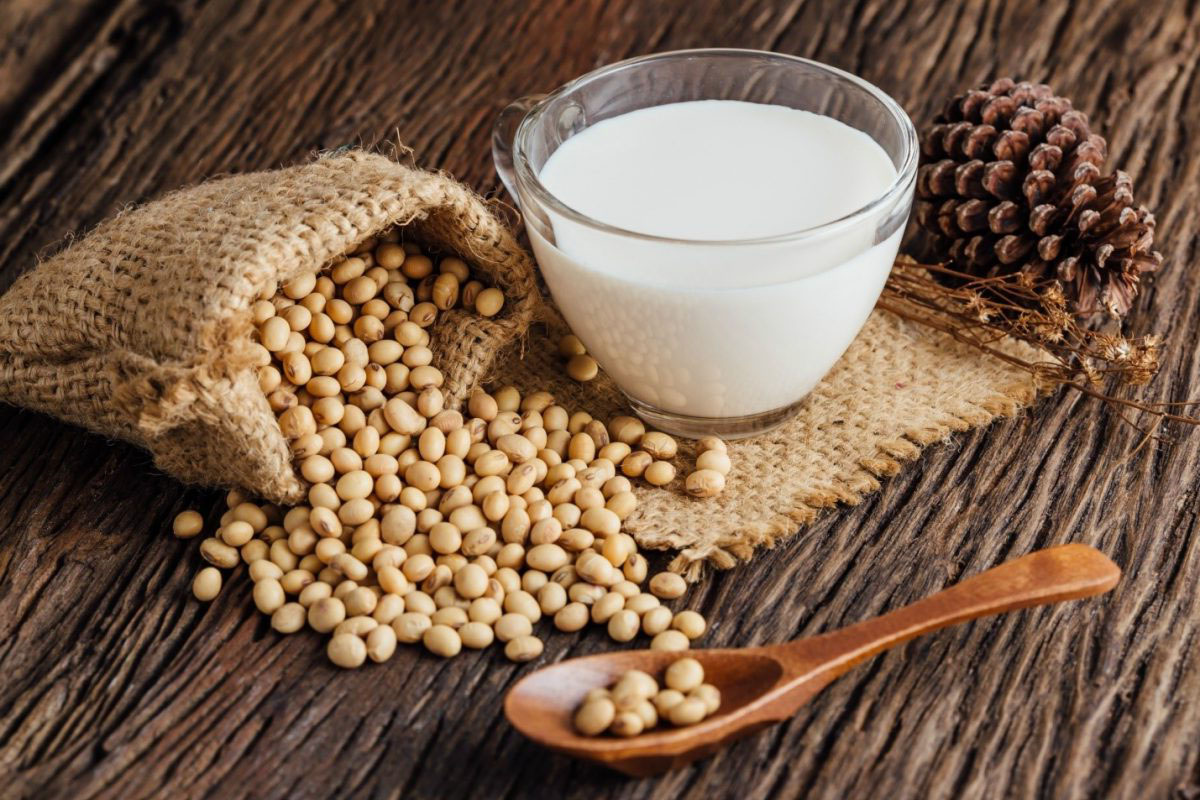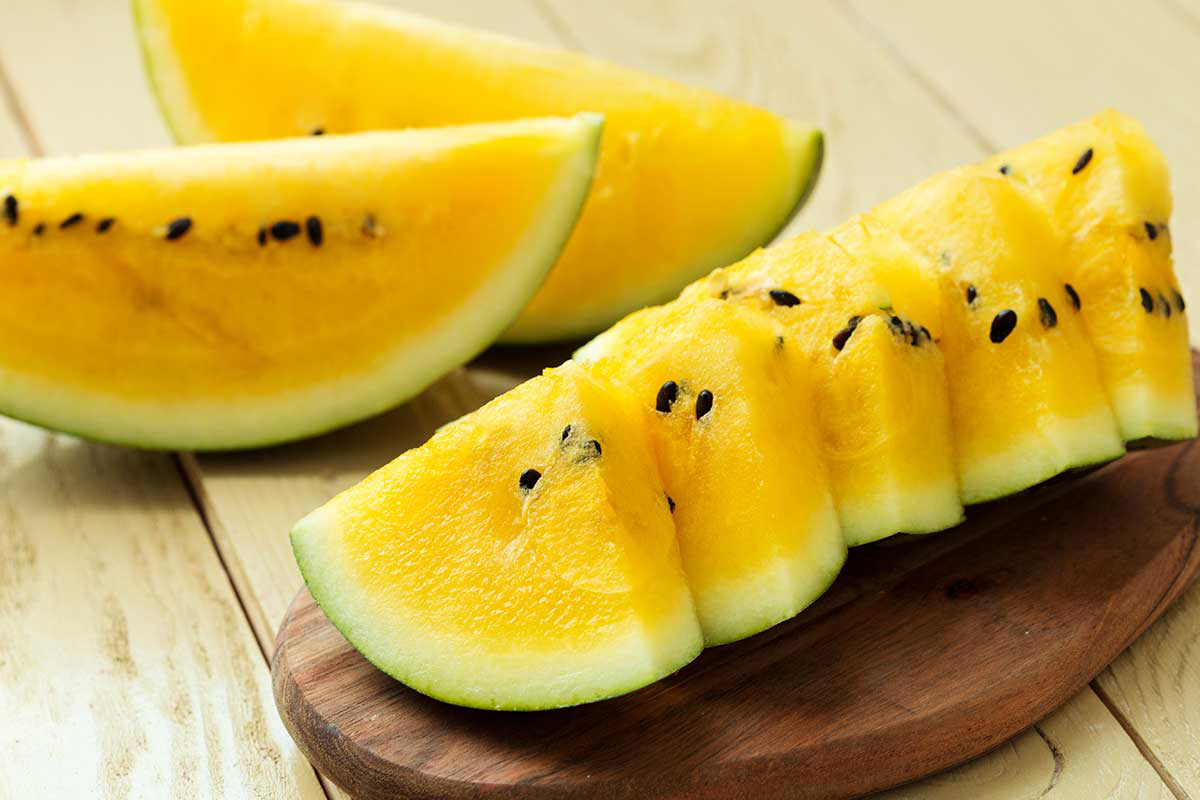Discovering the Delicious and Nutritious Parsnip
Have you ever come across a vegetable that looks like a pale carrot but tastes like a mix of carrot and potato? If not, then you need to get acquainted with the parsnip. This humble root vegetable is a close relative of the carrot and parsley, and it has been a staple in many cuisines for centuries. Let’s delve into the world of parsnips and uncover what makes them so special.
What Are Parsnips?
Parsnips (*Pastinaca sativa*) are root vegetables that belong to the Apiaceae family, which also includes carrots, celery, and parsley. They are typically creamy-white or pale yellow in color and have a sweet, earthy flavor. While they may resemble carrots, parsnips are larger, with a more bulbous shape and a slightly sweeter taste.
Nutritional Benefits of Parsnips
Despite their unassuming appearance, parsnips are packed with essential nutrients that offer a wide range of health benefits. Here are some of the key nutrients found in parsnips:
- Fiber: Parsnips are a good source of dietary fiber, which is important for digestive health and can help prevent constipation.
- Vitamins and Minerals: They are rich in vitamins C and K, as well as folate, potassium, and manganese, all of which play vital roles in maintaining overall health.
- Antioxidants: Parsnips contain antioxidants that help protect the body from oxidative stress and inflammation.
How to Enjoy Parsnips
Parsnips can be enjoyed in a variety of ways, making them a versatile and delicious addition to any meal. Here are some popular methods for preparing and enjoying parsnips:
- Roasted: Toss parsnip chunks with olive oil, salt, and pepper, then roast them in the oven until they are caramelized and tender.
- Mashed: Boil parsnips until they are soft, then mash them with butter, salt, and pepper for a creamy and flavorful side dish.
- Soup: Use parsnips as a base for a hearty and nutritious soup, combining them with ingredients like carrots, onions, and broth.
- Gratin: Layer thinly sliced parsnips in a baking dish with cream, cheese, and herbs for a decadent and comforting gratin.
Where to Find Parsnips
Parsnips are typically in season during the fall and winter months, and they can be found in the produce section of most grocery stores. When selecting parsnips, look for firm, unblemished roots with a good weight to them, as this indicates freshness. Store them in a cool, dark place or in the refrigerator, where they will keep for several weeks.
In Conclusion
Parsnips may not be as popular as some other vegetables, but their unique flavor and impressive nutritional profile make them a worthy addition to any diet. Whether roasted, mashed, or pureed into a soup, parsnips offer a delicious and nutritious way to add variety to your meals. So, the next time you’re at the market, be sure to pick up some parsnips and get creative in the kitchen!
Was this page helpful?
Read Next: What Is Mint Julep Recipe











